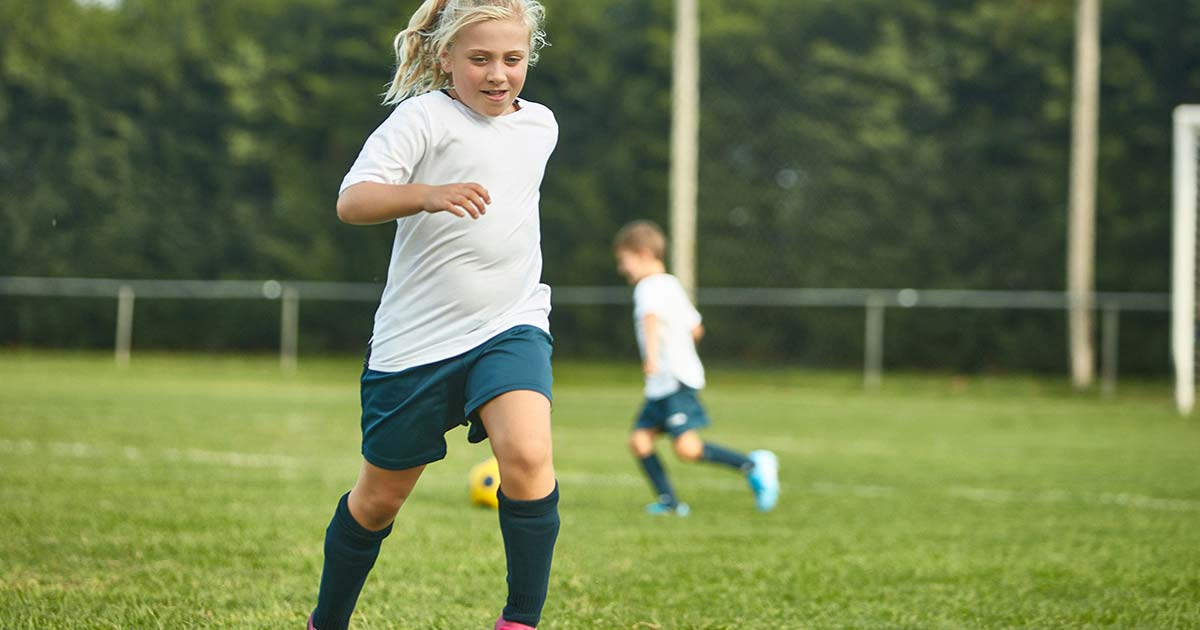Six Healthy Posture Tips for Kids: Home-School Edition
Advice to improve your movement, fitness, and overall health from the world's #1 in orthopedics.
Online learning has become a new normal for kids around the country. Whether they are sitting in front of a computer doing formal online learning or a more self-guided program, it's important for children of all ages and sizes to maintain good posture while doing educational activities at home. Proper posture helps to protect a child's growing spine and joints.

Here are some tips for keeping children's bodies safe while they focus on their work.
- Follow the same posture rules as those for adults. Children should sit with their elbows, hips and knees all bent at a 90-degree angle. Their feet should never dangle but should be propped up on a firm surface. Screens or reading material should be directly in front of them, about an arm's length away, and at eye level to avoid looking down too much and straining their neck muscles.
- Use props to make adjustments. Most furniture is not built with kids' proportions in mind. If you don't have child-size desks, chairs and tables in your home, work with what you have. A box or laundry basket can provide a footrest to ensure their feet are supported on a firm surface. A binder resting on a pillow becomes an improvised lap desk. Pillows on a chair can raise kids up to the proper height, while also providing them with a more mobile sitting surface that helps them engage their bodies and focus on their position.
- Encourage frequent breaks. Adults generally can sit for 30 minutes or more without getting restless, but children need to switch things up much more often. Remind them to switch up their positions every 10-15 minutes. Build lots of breaks for movement into the daily routine. Taking scheduled breaks helps children to self-regulate, gives them the physiologic benefits of movement and helps them avoid getting to the point of frustration.
- Mix up their positions. As anyone who's spent time around a child knows, they're often found in poses that would not appeal to most adults. If they want to work laying on their stomachs, kneeling on the floor at a coffee table or sitting on the floor and leaning against the wall with their legs straight out in front of them, encourage it. Just make sure their reading or writing materials are properly positioned to avoid neck strain.
- Get creative. If your child has a hard time sitting still, let them work while standing up, with their homework taped to the wall. Tape a coloring sheet on the underside of a coffee table so they can work laying on their backs.
Being stuck at home is a new challenge for everyone. Your children miss their friends, their teachers, and their daily routine. Remember that everyone is in the same situation, so spend time together and acknowledge the positives, rather than stressing about things that are not under your control. Give yourself—and them—permission to let some things go.
Updated 12/2/2020






